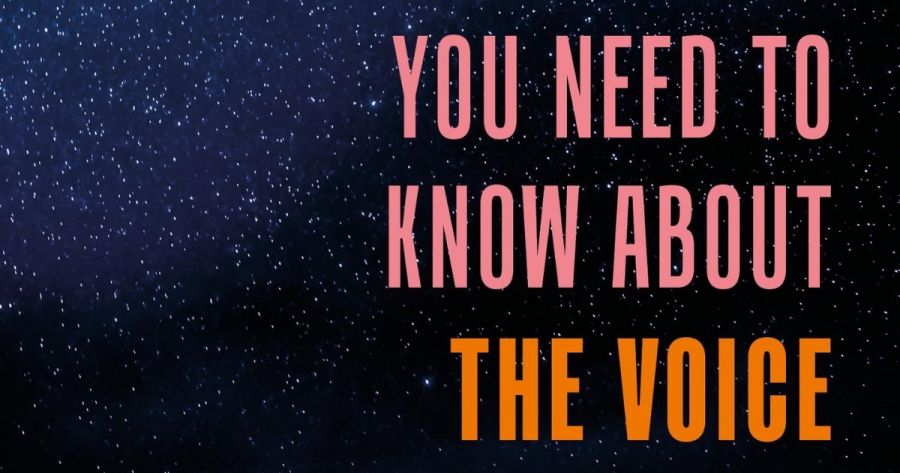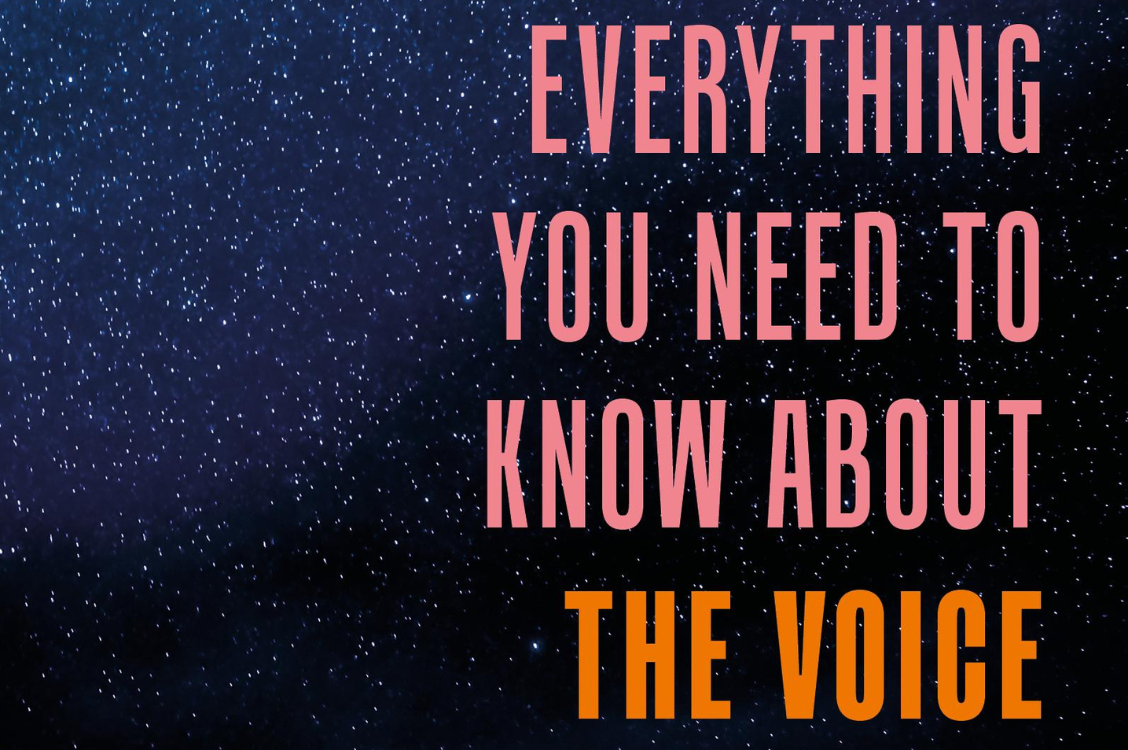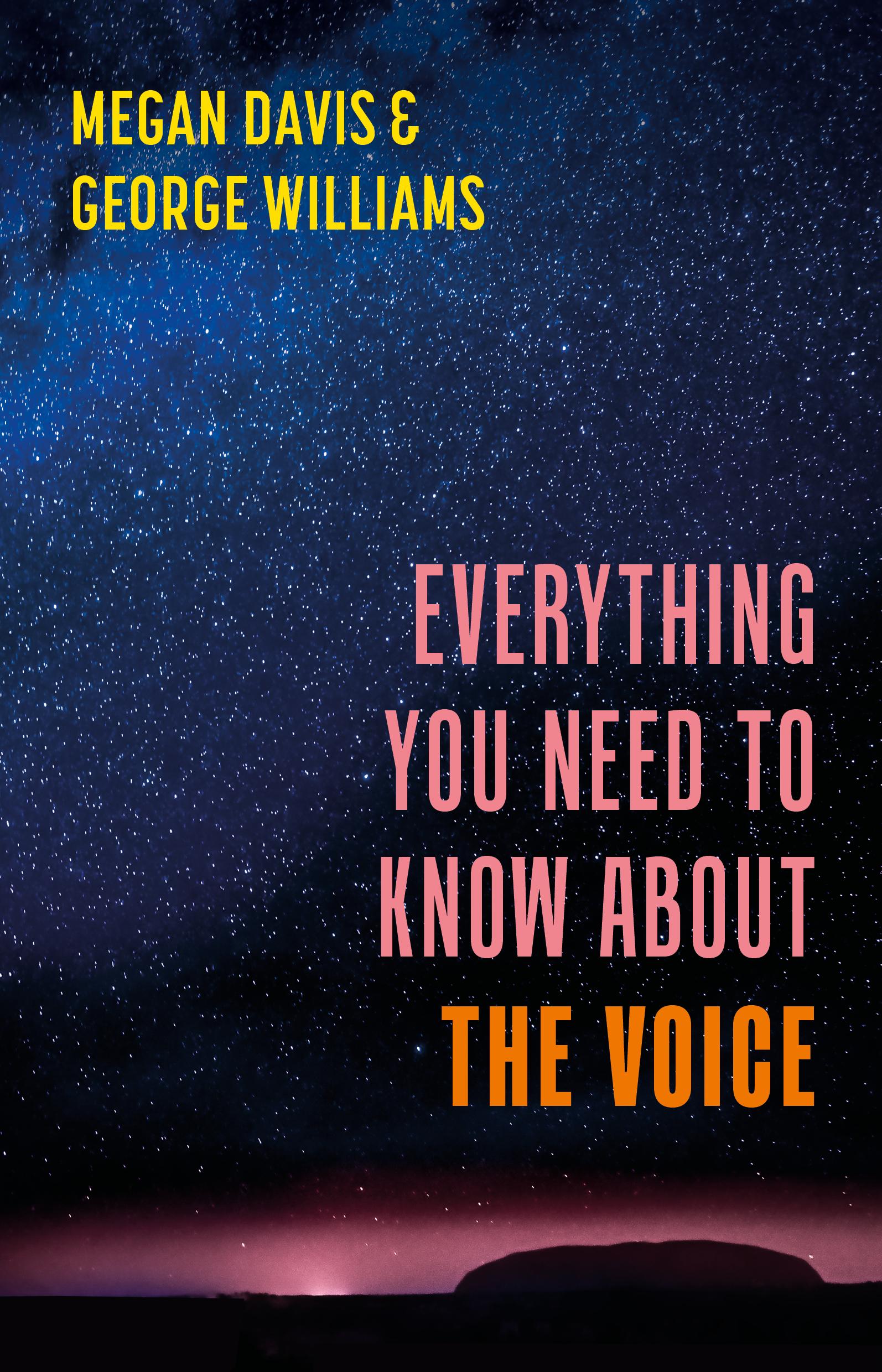
- Free Article: No
- Contents Category: Indigenous Studies
- Review Article: Yes
- Article Title: What got us there
- Article Subtitle: A skilful explanation of change
- Online Only: No
- Custom Highlight Text:
As I read Everything You Need to Know about the Voice, I was acutely conscious of the significance of the timing – just weeks before Australians are due to vote in a referendum on whether we should establish a constitutionally enshrined First Nations Voice to parliament or not. Over the months leading up to the referendum, we have witnessed a significant rise in lies, disinformation, and misinformation, all intended to influence voters, and hence the outcome. This book provides timely and essential reading that rebuts the tide of misinformation.
- Featured Image (400px * 250px):

- Alt Tag (Featured Image): Bronwyn Fredericks reviews 'Everything You Need to Know about the Voice' by Megan Davis and George Williams
- Book 1 Title: Everything You Need to Know About the Voice
- Book 1 Biblio: NewSouth, $27.99 pb, 224 pp
- Book 1 Cover Small (400 x 600):

- Book 1 Cover (800 x 1200):

They highlight the failings of multiple governments that have lacked the political appetite and will to do much other than tinker around the edges, formulate policies, and have numerous discussions, roundtables, meetings, consultations, and national gatherings. They detail the long history of broken promises from government. The authors’ words prompt me to think about the generations before us, along with their efforts and activism, and their continued belief that change was possible.
Before television and radio, and long before the age of social media, people, including Indigenous people, faced issues and concerns that were pressing during the times they lived in. That is, some of our issues are relevant to the times in which we live but not to the times in which the people before us lived. There are also issues and concerns that have been carried through the years – they had them, and we have them today. The Voice occupies this position of being important in the past, and important now.
Davis and Williams provide a useful timeline that charts key events in relation to Indigenous recognition, rights, and the Constitution, commencing from the time before James Cook, Arthur Phillip, and the First Fleet to the debates of the first federal constitutional conventions in the 1890s, which did not include Indigenous peoples, through to the Voice to Parliament referendum in 2023.
Davis and Williams demonstrate that the Voice hasn’t come out of the blue. Nor has there been inadequate consultation or community input. They explain how the pathway towards Indigenous recognition and self-determination was devised through the meetings, regional dialogues and the federally funded First Nations Constitutional Convention on the lands of the Anangu people in 2017. The Convention built on the consultation and the outcomes from the thirteen regional dialogues run by the Referendum Council. Indigenous peoples at the Convention identified five options for constitutional change, one being establishing the constitutionally enshrined First Nations Voice to Parliament.
I didn’t attend the regional dialogues. I trusted the people nominated and those nominated at that dialogue to attend the National Convention. I knew deep down that they wouldn’t intentionally attend such an event to disrupt it or do the wrong thing by Indigenous peoples as a collective. I also trusted Indigenous people with law qualifications and experience who have been trained in this work. How could I not when I expected people to value the skills, knowledge, and experience that I possess through gaining a university qualification and my past work?
Everything You Need to Know helped me to fill in parts of the story of those regional dialogues, and the National Convention, along with the Voice Treaty Truth outcome that I hadn’t completely understood before. I’m confident it will do the same for others, both Indigenous and non-Indigenous.
No other public policy matter has existed for this long, or had such a history of advocacy and denial. Reading the book, one will gain an understanding that the Voice has a history, a present, and a future. It provides a mechanism for Indigenous people to have input on their own terms on matters of concern and importance, which the parliament might consider. The co-authors outline why such a mechanism cannot simply be legislated like the Aboriginal and Torres Strait Islander Commission (ATSIC), which was abolished following a political decision, rather than being restructured as per the recommendations of the ATSIC review. ATSIC was abolished in the same way that all the other representative bodies have been abolished. Enshrining the Voice in the constitution enables Aboriginal and Torres Strait Islander people to have a form of political leverage that cannot be disbanded or abolished at the will of government or based on a political decision or opinion of a minister or Cabinet.
Davis and Williams skilfully explain the change process with respect to the Australian Constitution. I came to understand that the federal government is in fact undertaking a standard constitutional change process. This is not how the media reports the process, along with a select few academics and small number of Indigenous people. Such reporting exists despite the continued statements and articles from constitutional lawyers and leading law experts who reiterate how the Voice aligns with Australia’s Constitution and maintains parliamentary supremacy. No doubt we’ll also see a few social commentators and a select few academics critiquing this book and raising issues that aren’t substantial, for the same reasons.
As explained in the book, the Voice is far from a token gesture. A positive outcome in the referendum will give the Voice and the Australian Parliament a mandate and will to act. Both will need to report on the work caried out. This offers accountability and assurances. The Voice will be beyond the politicisation of Indigenous affairs that currently undermines Indigenous participation and policy outcomes. While it is unique to Australia, there are ways in which it aligns with international law, and also with some similar aspects in the way Indigenous peoples in other parts of the world have a voice on the policies and laws that impact on their peoples. Davis and Williams also explain why there are differences from what happens elsewhere in the world, and why some other countries’ processes and mechanisms will not work in Australia.
If the Yes case is successful, the Voice will enable all Australians to understand themselves better as people who live on a continent with the world’s oldest living cultures. It will not erode two hundred years of European history and the histories of migrant communities, but it will bring these together in the Constitution with Indigenous people’s continuous histories. The book demonstrates with clarity how the Voice offers a uniquely Australian way forward that offers formal recognition, a mechanism to enact that recognition, and a means that will bring together the past, present, and future.
I encourage people to read the book ahead of the Voice to Parliament referendum on October 14 and to make an informed decision as to how to vote. After the referendum, the book will still be important as a testament to all that has gone before and understanding what got us there. It will help us share the consequence of the Voice’s history and also its legacy.


Comments powered by CComment